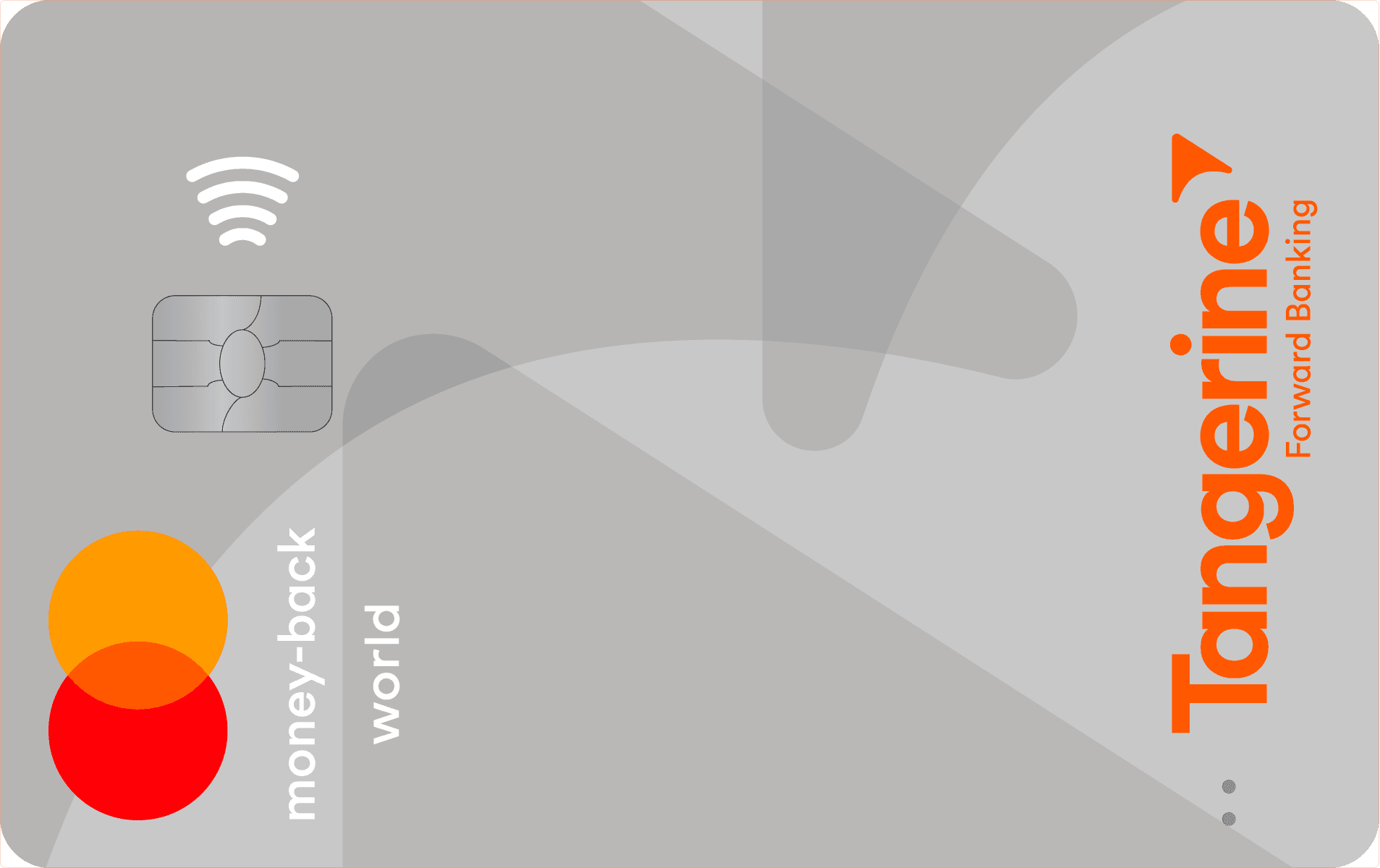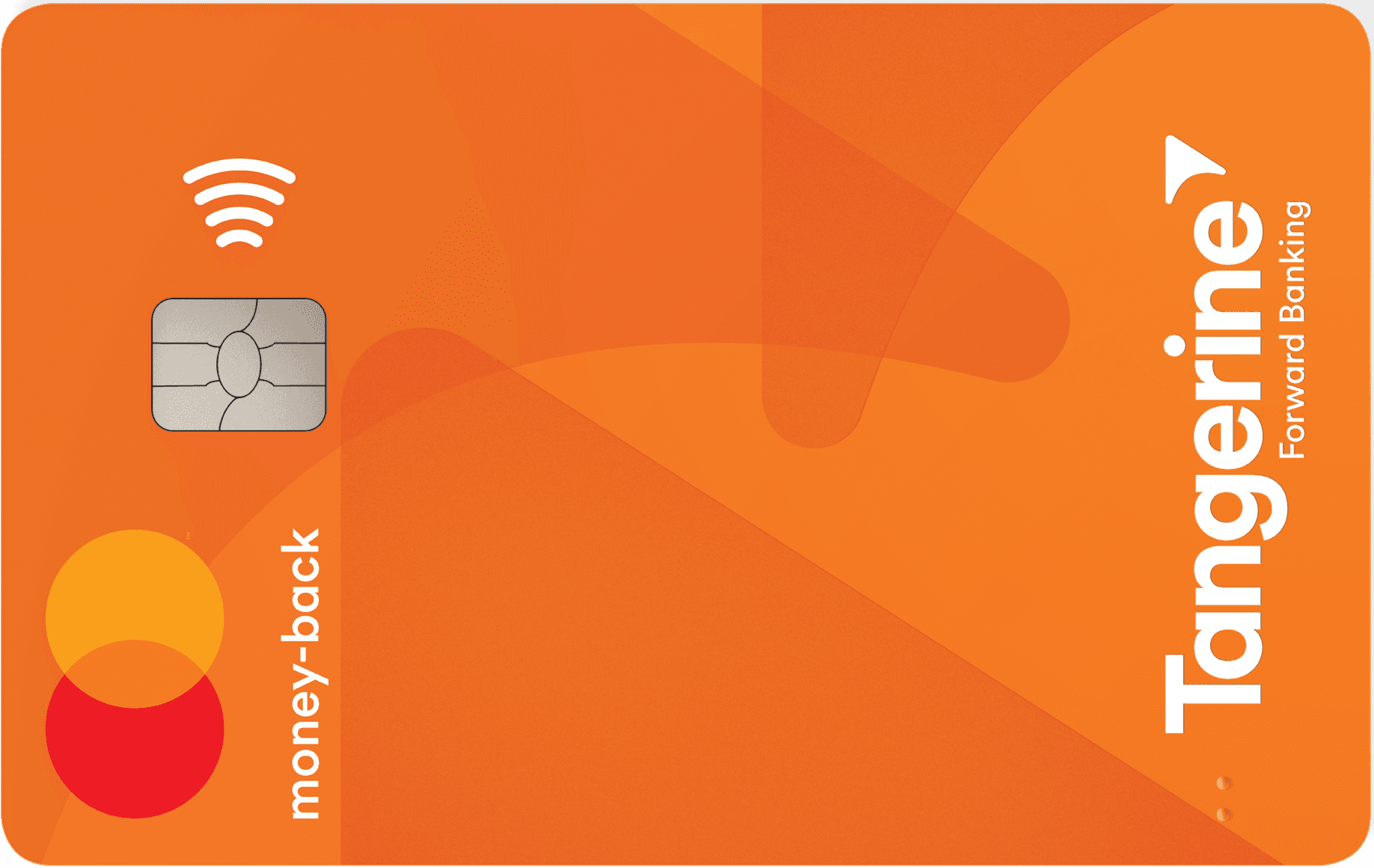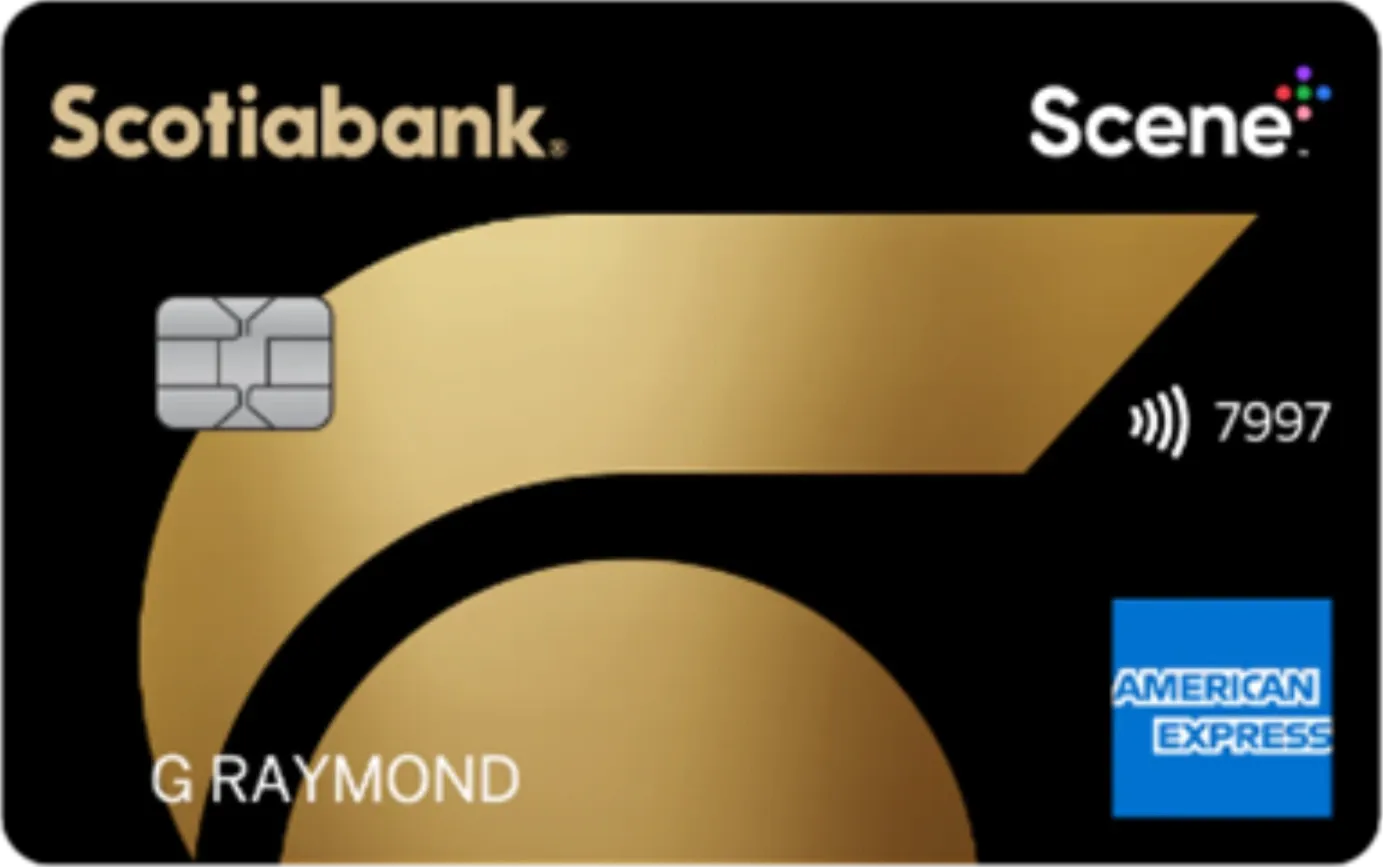Working hard in the background...
What Is a Share Certificate in Canada? (Understanding Modern Stock Ownership)
Published Nov 24, 2025 1:51 PM • 3 min read
Company shares used to be conveyed through a simple piece of paper, proving your ownership stake. Today, few investors ever lay eyes on their share certificates, but that doesn’t mean they’ve disappeared entirely.
This guide discusses what a share certificate is, how it works in Canada, and why most investors won’t ever need one. It’ll also explain how to obtain or replace a share certificate.
What Is a Share Certificate?
A share certificate is a legal document that proves you own a specific number of shares in a company. It’s similar to a property deed, but instead of confirming your ownership of real estate, it outlines your stake in a corporation.
What is on the share certificate? Each certificate will list the details of your investment. This includes your name, the company’s information, and the number and class of shares. It will also have a certificate number and the date of issue.
Historically, an investor would need this physical document to prove their ownership. Today, this isn’t necessary. Instead, shares are held electronically, either by street name at a brokerage via the Canadian Depository for Securities (CDS) system, or in your name through the Direct Registration System (DRS). These systems maintain digital ownership records on behalf of shareholders.
What a Share Certificate Represents
A share certificate shows your legal stake in the company. It reflects one of two types of share ownership:
- Registered shares: If you own registered shares, they are recorded under your name in the company’s books. This means the legal ownership belongs to you, the person listed on the certificate.
- Bearer shares: With bearer shares, the certificate does not record the owner’s name. Instead, share ownership rests with whoever physically holds the certificate.
When it comes to registered vs bearer shares, the former is standard practice today. Bearer shares were previously common on an international scale as they allowed privacy and ease of transfer. Today, they are effectively prohibited in Canada due to transparency and anti-money laundering regulations.
How Share Certificates Work in Canada
Share ownership in Canada happens through two main systems: registered vs beneficial ownership.
Registered ownership means an investor’s name appears directly on the company’s shareholder registry. Beneficial ownership, by contrast, is when you hold shares through a brokerage account or a bank. In that case, shareholder records show the intermediary’s name, but you, as the true, beneficial owner, remain behind the scenes.
Most investors will never need to receive the physical paper share certificate since share ownership is now electronic. The exception to this rule is often with small or privately held companies. These businesses will use a transfer agent to help them issue and manage their shares. In these cases, investors may still need a paper share certificate or DRS statement as evidence of their ownership stake.
Both the registered and the beneficial approach serve the same purpose: to record ownership of the shareholder. Electronic systems, like the CDS or DRS, now dominate, taking over this task to make the process more efficient and secure.
Paper vs. Electronic Share Certificates
| Paper Share Certificates | Electronic Registration |
|---|---|---|
Proof of ownership | Physical document from the company or transfer agent | Electronic record via the Direct Registration System (DRS) or through the Canadian Depository for Securities (CDS) |
Security | Risk of loss, theft, or damage | Protected electronically and easily traceable |
Transfer speed | Often slow, due to manual transactions and requiring physical delivery | Fast and automated through online brokerage or transfer agent |
Fraud risk | Higher. Lost or stolen certificates can be hard to replace | Lower. Digital records make fraud and forgery far more difficult |
Use case | Mostly private or closely held companies | Standard for public companies listed on major exchanges in Canada or the US |
Estate management | Requires physical proof and replacement if lost | Easier to locate and transfer electronically upon death |
How to Get or Replace a Share Certificate in Canada
If you want a physical share certificate in Canada, the process begins with the company’s transfer agent. This is the firm responsible for maintaining the shareholder records. They are also the ones who issue both new and replacement share certificates. In Canada, transfer agents include companies like Computershare and TSX Trust.
To obtain a copy of your share certificate, you’ll need to verify your identity and complete the transfer agent’s forms and affidavit. You may also need to pay an additional replacement fee. In some cases, like if you’ve lost your share certificate, you might have the requirement of indemnity insurance to protect the company against future claims on the original certificate.
Note: Not all companies issue paper certificates anymore. Publicly traded corporations now record their ownership electronically through the CDS or DRS.
Takeaway: Understanding Share Certificates in a Digital World
Whether it’s on paper or digital, a share certificate ultimately represents your ownership in a company. Historically, share certificates were common, but today, digital systems like the CDS and DRS make investing faster, safer, and more efficient.
Though you may never need to obtain a physical copy of your share certificate, it is still helpful to know how you hold your shares and who manages them. Most Canadians invest through a brokerage, which holds the shares on your behalf and records them electronically. With smaller private firms, though, a transfer agent may issue you a paper certificate instead.
Regardless of the format, your ownership rights as a shareholder remain the same.
Frequently Asked Questions
Not anymore. Most shares are now recorded electronically. If you need to show evidence that you own the stock to a third party, your account statements can act as the source of proof.
Yes, you can. Availability depends on the issuing company and its transfer agent though. Many public companies no longer issue paper certificates.
While it’s possible you may never need one, common reasons to seek out a copy of your share certificate include for gifting shares to a third party or charity, ownership in a private company, or because of an estate sale. Some Canadians even want to have their share certificate as a form of recordkeeping.
If you lose your share certificate, you’ll need to contact the company’s transfer agent and complete a lost certificate affidavit. You may need to pay a replacement fee as well.
Electronic systems like CDS and DRS reduce the risk of theft, forgery, and delays in ownership transfer. They also help to keep a secure, centralized record of share ownership.
No. The Canadian Deposit Insurance Corporation (CDIC) covers bank deposits, not investments. Your account will still have protection in many cases though. Shares held through a regulated brokerage are protected by the Canadian Investor Protection Fund (CIPF) in the case of firm insolvency.
Trending Offers

MBNA Rewards World Elite® Mastercard®

Tangerine® Money-Back World Mastercard®*

Tangerine Money-Back Mastercard

Scotiabank Gold American Express® Card
About the author

Lauren Brown
Editor
Lauren is a freelance copywriter with over a decade of experience in wealth management and financial planning. She has a Bachelor of Business Administration degree in finance and is a CFA charterholde...
SEE FULL BIOAbout the editor

Sara Skodak
Lead Writer
Since graduating from the University of Western Ontario, Sara has built a diverse writing portfolio, covering topics in the travel, business, and wellness sectors. As a self-started freelance content ...
SEE FULL BIO